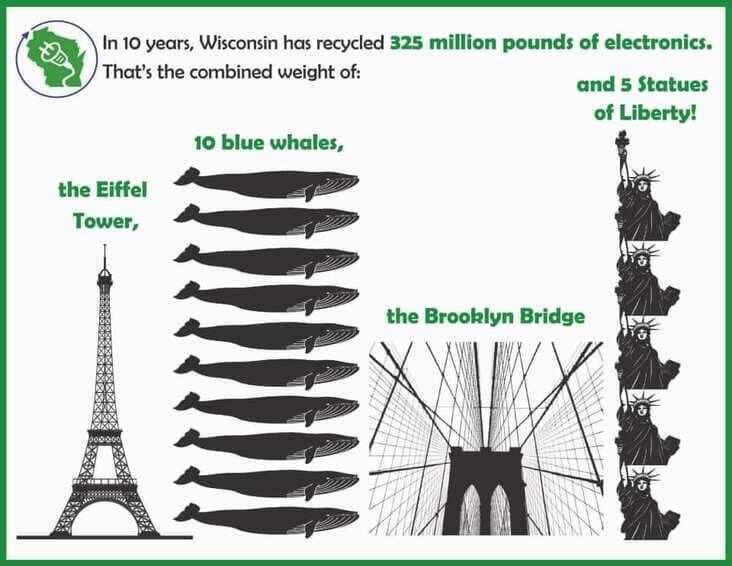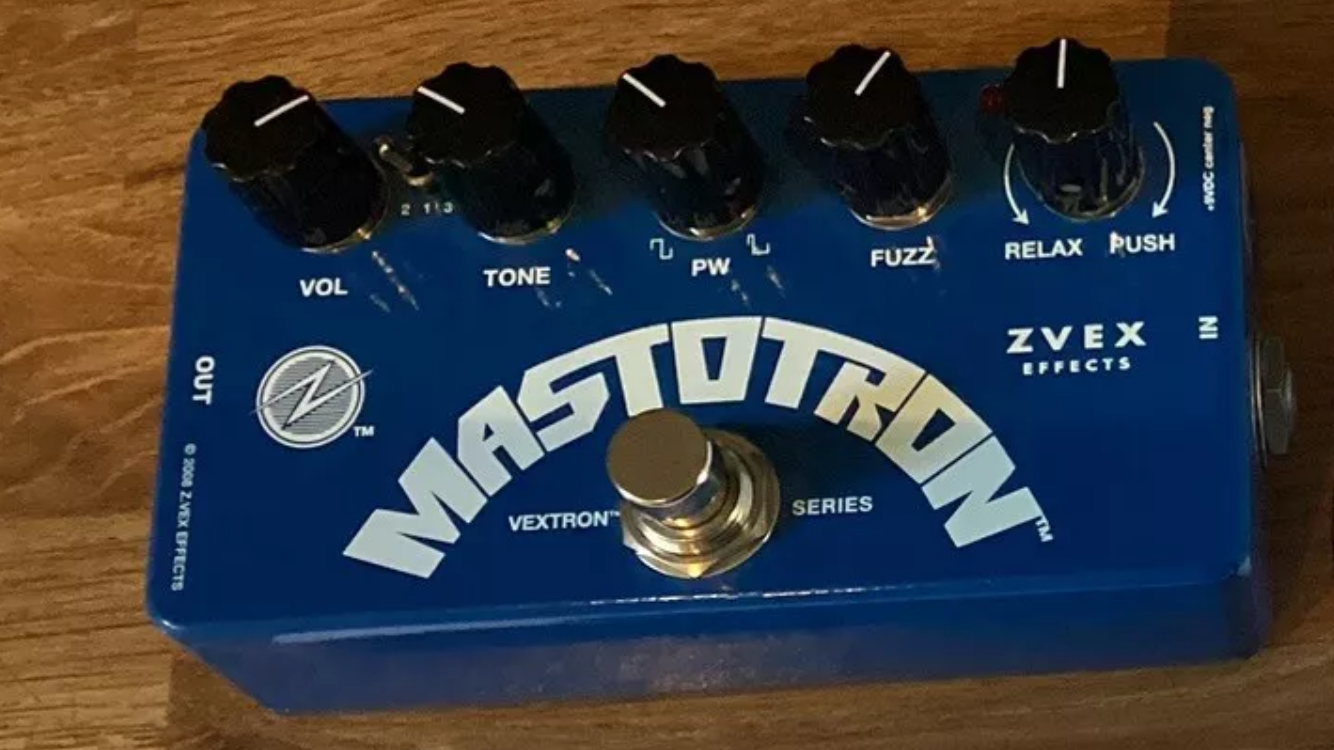Actual article, credit to the maker, this thing looks awesome - https://kbd.news/Cinque-2665.html
Fuck yeah. Annihilator (by Annihilator, obvs) is one of my favourite tracks, and at some stage I made a half-hearted attempt to search for the third worthy album, but clearly got bored before I came across this one. Good effort, this is a banger
Chicken burger, scampi, gurkin, and a battered sausage. Pineapple fritter if I’m feeling fancy
Thank you, but no
No, fuck off, how very dare you suggest such a thing you horrid bastard you, just you wait, I’m going to punch you in the elbow and knock over your second-favourite house plant for insinuating such lies
The rest of the world should take this approach. If everyone just plain ignored and ghosts the US’s emissaries it would be pretty funny.
The smart move here would be for the EU/UK to set up an easy method for all the clever, motivated people alienated by the orange hitter’s actions to jump ship
That must have been an awkward few hours while they posed for this
“Remotely control”, or “drive” if you will.
In the cave of Caerbannog, death awaits you, with nasty big pointy teeth! See Monty Python and the Holy Grail for further details.
Does this include keeping vegans as pets? Asking for a friend
PennyRoyal
0 post score0 comment score




That’s exactly how I read it, I had to go through the article a couple of times to make sure I was getting what the author meant, and I think it’s exactly that